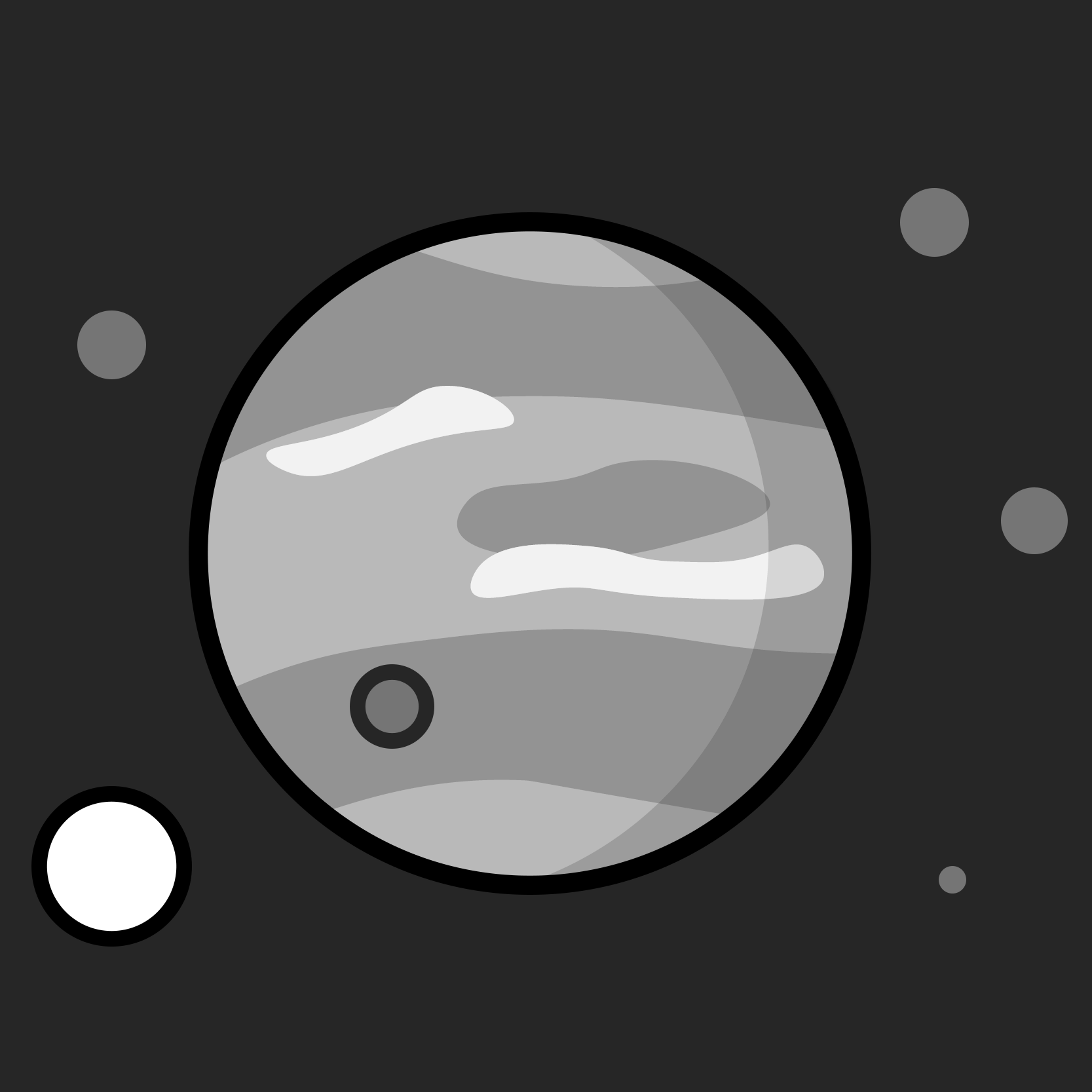Thalassa, a moon of Neptune
31,115 miles
51 miles
Thalassa is a small moon of Neptune. It is one of Neptune's inner moons and is the second closest moon to orbit the planet. Thalassa has a diameter of approximately 81 kilometres (51 miles). It orbits Neptune at a distance of just over 50,000 kilometres (31,000 miles). A length of an orbit takes only 7 and a half hours which means that it orbits Neptune faster than the planet spins.
Thalassa is believed to be the fragments of an earlier moon that was destroyed when Neptune captured its largest moon Triton. Parts of that destroyed moon joined back together to form Thalassa and some of Neptune's other inner moons.
It is thought that Thalassa itself will be destroyed at some point in its very distant future. Its orbit is likely to decay which will bring it closer and closer to Neptune until it either falls into Neptune's atmosphere or gets torn apart by gravitational forces. It will possibly form a ring.
Thalassa is classed as a regular prograde moon. Regular moons are moons that formed out of materials spinning around a planet. Irregular moons are ones that were captured by a planet. A prograde moon is one which orbits in the same direction of the rotation of its host planet.






